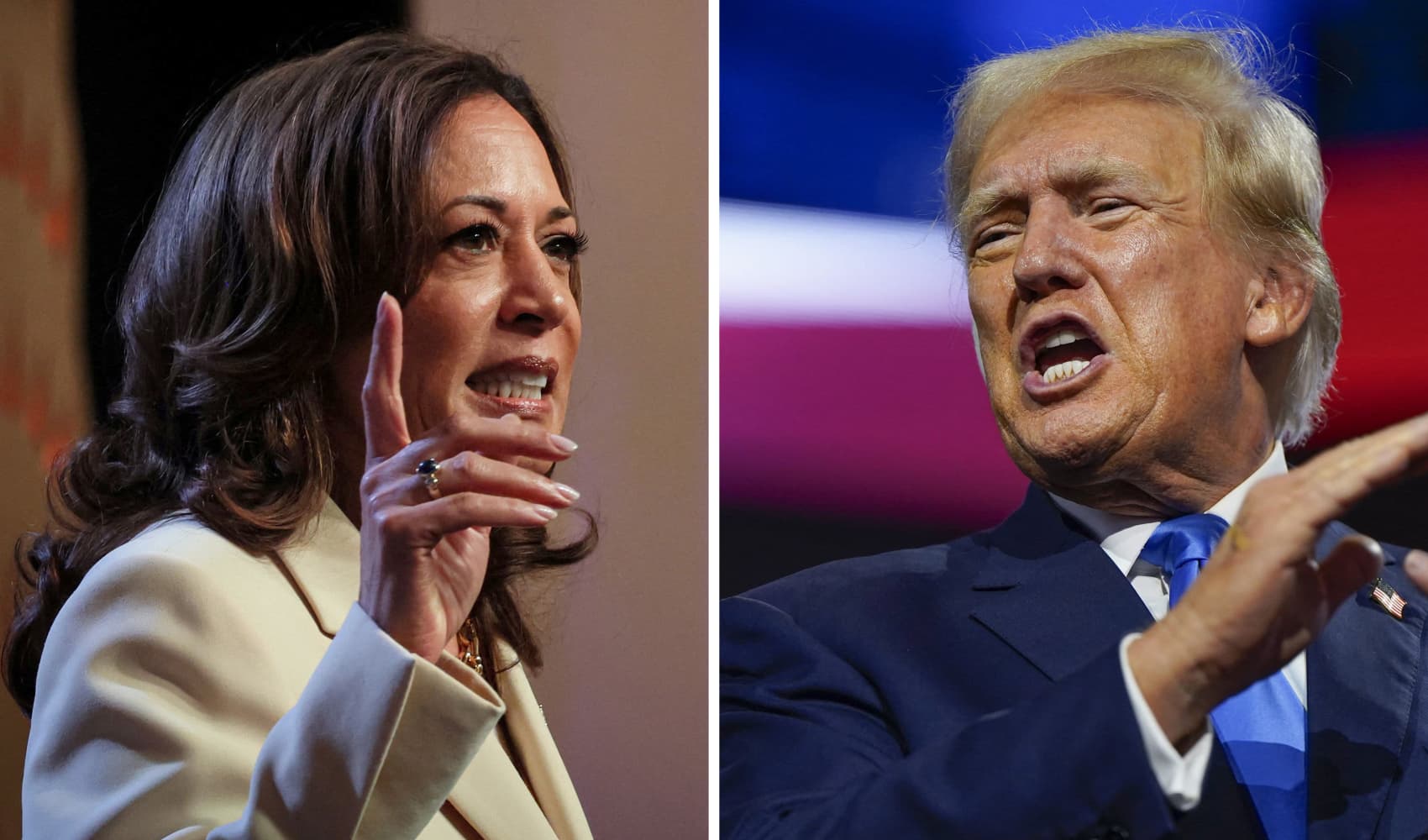
- The European Central Bank left interest rates unchanged on Thursday, after implementing a cut in June.
- The decision — which keeps the key interest rate at 3.75% — was widely expected amid ongoing concern over inflationary pressures, particularly from the labor market.
- Market pricing suggests firm expectations for two more 25 basis point cuts this year, in September and December, with a pause during the central bank's October meeting.
The European Central Bank left interest rates unchanged in a unanimous vote on Thursday following June's landmark cut, as it described the potential for a September reduction as "wide open."
"Monetary policy is keeping financing conditions restrictive. At the same time, domestic price pressures are still high, services inflation is elevated and headline inflation is likely to remain above the target well into next year," the ECB's Governing Council said in a statement.
Recent data has broadly supported its medium-term outlook for inflation to converge at 2%, it added.
Get top local stories in Connecticut delivered to you every morning. Sign up for NBC Connecticut's News Headlines newsletter.
The decision — which keeps the key ECB interest rate at 3.75% — was widely expected amid ongoing concern over inflationary pressures, particularly from the labor market.
Euro zone headline inflation dipped to 2.5% in June from 2.6% previously, but the core print — excluding the volatile components of energy, food, alcohol and tobacco — came in above a consensus forecast, holding steady at 2.9%.
Money Report
Analysts expected the central bank to wait for more data across payrolls, economic growth and productivity before easing monetary policy further.
"Wages are still rising at an elevated rate, making up for the past period of high inflation. Higher nominal wages alongside weak productivity have added to unique labor cost growth, although it decelerated somewhat in the first quarter of this year," ECB President Christine Lagarde said during a news conference.
Lagarde said the central bank expects inflation levels to fluctuate for the rest of the year but decline overall in the second half due to weaker labor costs, the impact of monetary policy and the fading impact of price shocks.

The ECB had cited the inflation outlook, the dynamics of underlying inflation and the strength of monetary policy transmission as the reasons behind trimming rates in June — in the bank's first such cut since 2019.
In the statement released Thursday, the Governing Council said that it would continue to monitor those areas, and that it was "not pre-committing to a particular rate path."
However, market pricing suggests firm expectations for two more 25 basis point cuts this year, in September and December, with a pause during the ECB's October meeting.
Lagarde confirmed during the news conference that the July decision was unanimous — a change from June, when Austrian central bank Governor Robert Holzmann was a lone dissenter, voting for another hold rather than a cut.
"What was equally unanimous was our determination to be data dependent, decide meeting by meeting," Lagarde said in response to CNBC's Annette Weisbach, adding that the September decision is "wide open."
Open to cuts
Expectations for a rate hold in July meant European markets were little changed after the decision, with the euro continuing to trade slightly lower against the U.S. dollar and higher against the British pound. Stocks were broadly higher across the region.
"The ECB is still very much open to cutting interest rates in September, we think that's quite likely ... we think now's the time to be shifting cash and locking in current interest rates before they come down," Kiran Ganesh, chief investment officer at UBS Global Wealth Management, told CNBC's Silvia Amaro after the decision.
"When it comes to the euro, both the euro and the dollar may be on quite similar interest rate paths from here, so we suggest looking towards currencies that perhaps are closer to the end of their rate-cutting cycles, like Switzerland, where we expect only one further interest rate cut," he added.
While the ECB started taking rates lower before the U.S. Federal Reserve, investors now largely expect the U.S. central bank to start cutting in September and to trim rates at least two times by January 2025.
Switzerland, Sweden and Canada have all lowered rates already this year, but sticky U.K. inflation data this week reduced market bets on an August rate cut from the Bank of England, boosting the British pound on Wednesday.
The Thursday statement shows the ECB remains on course for a September rate cut, Mark Wall, chief European economist at Deutsche Bank Research, said in a note.
"Despite some recent inflation data being less friendly, the ECB has excused some as one-offs and others as absorbed in profit margins. The ECB is taking comfort from the trends and looking through the noise, consistent with being 'data dependent, not data point dependent,'" Wall said.






